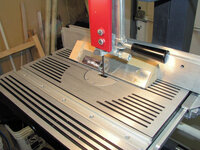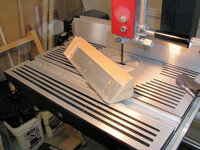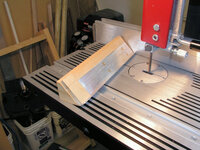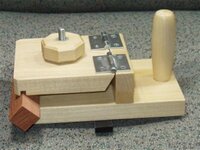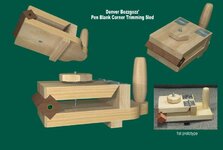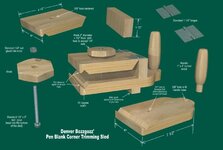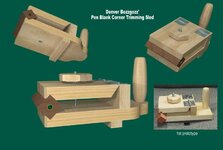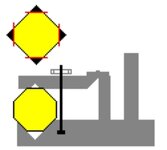I'm trying to find a device that I saw for trimming the corners off of oversized blanks to reduce turning time and wear on chisels. It consisted of a narrow aluminum v-block onto which a square blank can be laid and the block slid along a bandsaw blade or a sanding disk to knock off some of the corner of the blank. With four passes, you could turn a square blank into an octagonal blank before mounting on the mandrel. I cannot find it now that I want to take a closer look at it. Has anyone seen this or know what I'm talking about?
Thanks.
Ray
Thanks.
Ray

